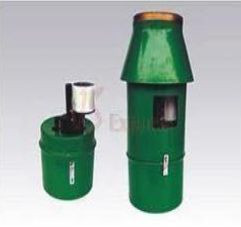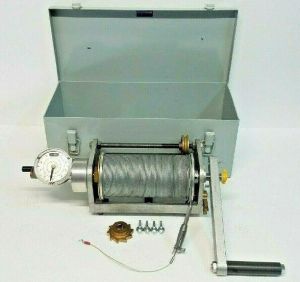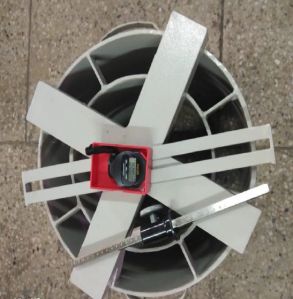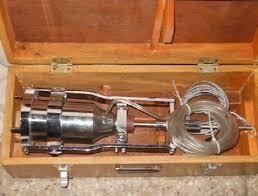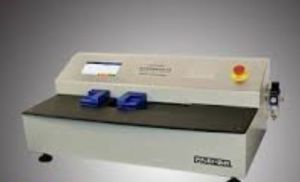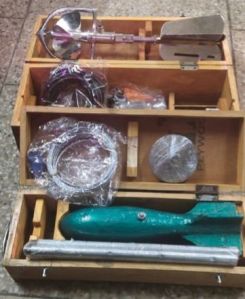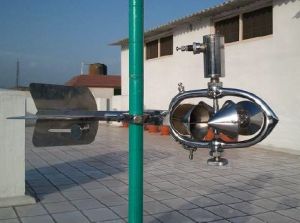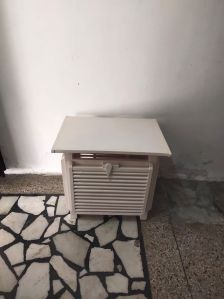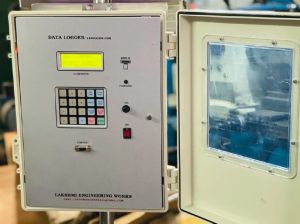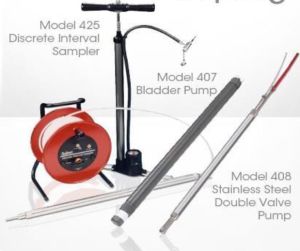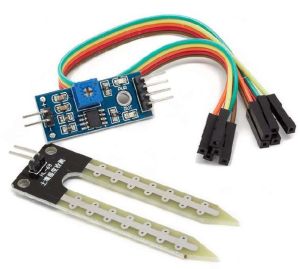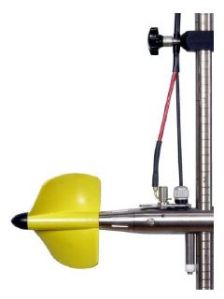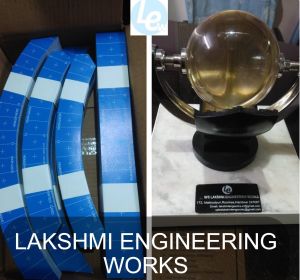Nehru Nagar, Roorkee, Uttarakhand
- GST NO. : 05BFDPD7978H1Z9
| Business Type | Manufacturer, Exporter, Supplier |
| Material | Metal & Plastic |
| Shape | Round |
| Color | Green |
| Click to view more | |
Preferred Buyer From
| Location | Worldwide |
Product Details
Application
Laboratory
Size
Standard
Country of Origin
India
Least Count
0.5 mm
Click Here to View Catalogue
Self-recording rain gauge (SRRG) is an automatic device used to record a continuous rainfall for 24 hrs on a daily chart, if rain occurs.
The characteristics of rainfall events viz. onset and cessation of rainfall, duration of rainfall, intensity of rainfall and the total amount of rainfall in mm can be obtained from the rainfall chart.
DETAILS OF EQUIPMENT
- It is a float type rain recorder in which the rain is led into a float chamber containing a light, hollow float.
- The rain gauge is installed on a level ground and fixed on a masonry foundation of 60 × 60 × 60 cm3 sunk into ground.
- Base of the gauge is cemented into the foundation so that the rim of the gauge is exactly 75 cm above the case of self-recording rain gauge.
- If the height of the rim were more, the rainwater collected would decrease because of the change in wind speed near the ground.
- Rainwater is entering the receiver through an 8-inch diameter funnel.
- The receiver is consisting of float and siphon chamber.
MEASURING PROCEDURE
- A pen is mounted on the stem of the float and as the level of water rises in the receiver, the float rises and the pen records on a chart placed on a rotating drum with clockwork arrangement, the amount of water in a receiver continuously.
- The clock work drum revolves once in 24 hrs.
- Siphoning starts automatically when the pen reaches the maximum point of the chart.
- If the rain continues, the pen rises again from the zero line on the chart.
- If there is no rain, the pen traces the horizontal line from where the rain stopped
Looking for "Self Recording Rain Gauge" ?
Piece
Explore More Products


